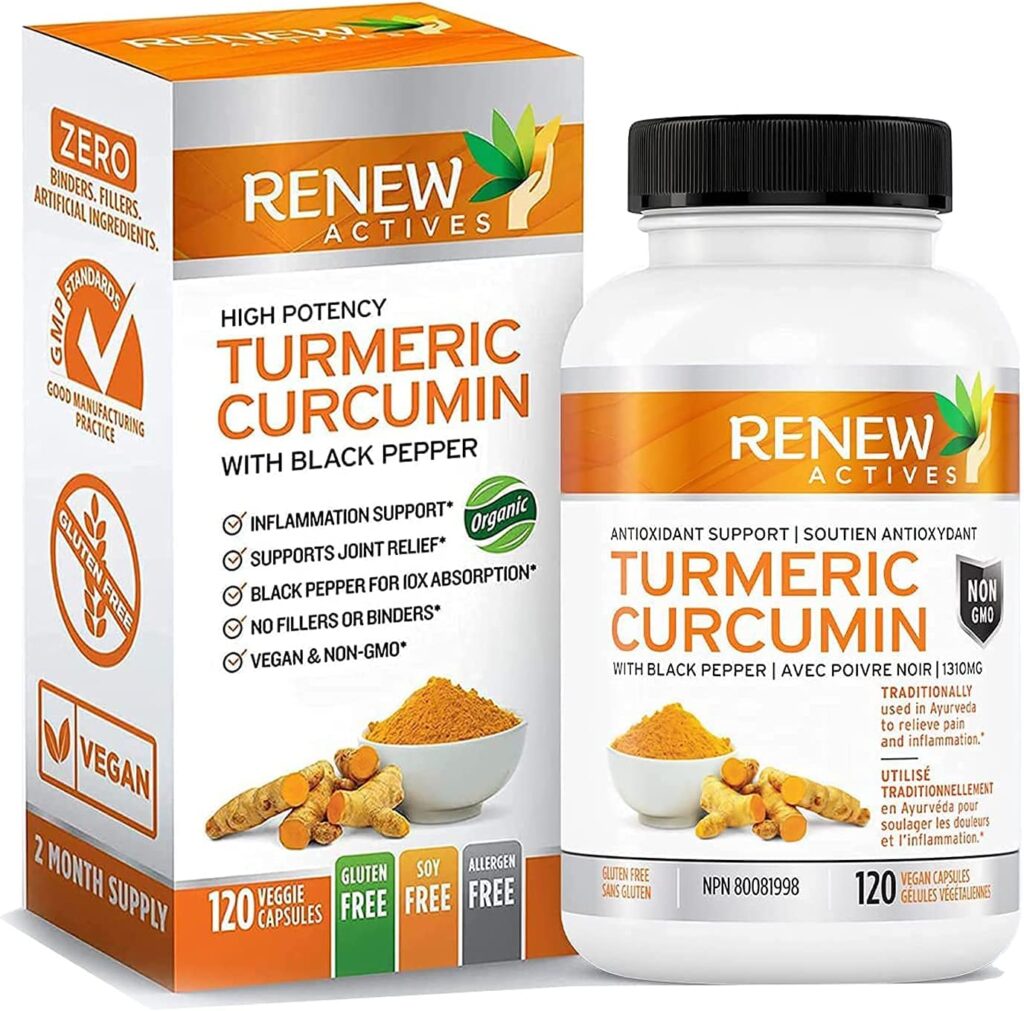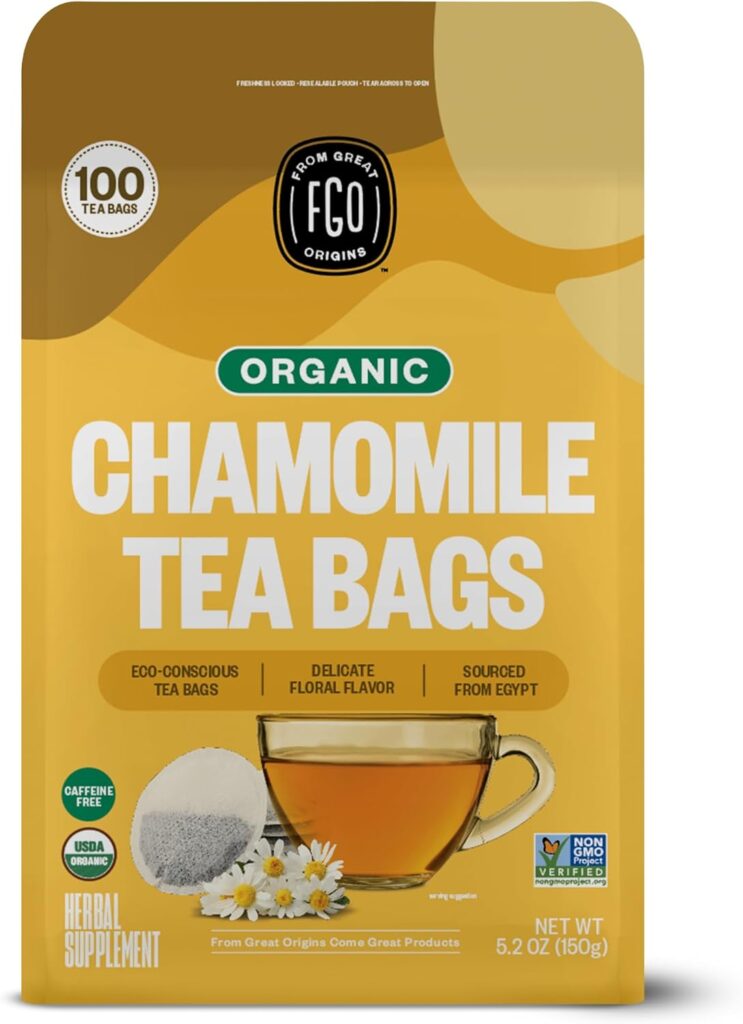Back pain is an all-too-common affliction that can significantly impact quality of life. Exploring the use of natural muscle relaxers for back pain is therefore time well spent.
Beyond being a mere physical inconvenience, back pain casts a substantial impact on the daily lives of those who experience it. From hindering routine activities, limitations in mobility, to diminishing overall well-being, the consequences of persistent back pain extend far beyond the physical realm, influencing various aspects of daily life.
The toll of persistent back pain is undeniable which is why the exploration of natural alternatives has gained considerable attention.
This article aims to shed light on the potential benefits and mechanisms of these remedies, offering insights into a holistic approach to alleviating back pain.
Do Muscle Relaxers Help Back Pain?
Conventional muscle relaxers can be prescribed to help manage back pain, but their effectiveness varies among individuals, and they come with both benefits and potential drawbacks.
Muscle relaxers, also known as muscle relaxants, work by affecting the central nervous system to reduce muscle spasms, stiffness, and pain.
Remember this, they are meant to provide short term relief, which is why some people choose to explore the use of natural muscle relaxers instead.
Benefits of the use of conventional muscle relaxers for back pain include
- Reduction of Muscle Spasms: Muscle relaxers can effectively reduce muscle spasms, which are a common cause of back pain. By calming the muscles, these medications aim to alleviate discomfort associated with tense or knotted muscles.
- Improved Sleep: Some muscle relaxers have sedative effects, which can help individuals with back pain sleep better. Improved sleep can contribute to the overall management of pain.
However, their downside are not as well known. They include
- Short-Term Relief: Muscle relaxers are often prescribed for short-term use to provide immediate relief during acute episodes of back pain. They are not typically recommended for long-term use due to the risk of dependency and potential side effects.
- Potential Side Effects: Common side effects of muscle relaxers include drowsiness, dizziness, and fatigue. These side effects can impair cognitive function and may not be suitable for individuals who need to remain alert during the day.
- Individual Variability: Responses to muscle relaxers vary among individuals. What works well for one person may not be as effective for another. It often involves a trial-and-error process to find the most suitable medication.
- Risk of Dependency: Some muscle relaxers have the potential for dependency, especially if used for an extended period. It’s crucial to follow the prescribed dosage and duration to minimize the risk of addiction.
- Not a Cure for Underlying Issues: While muscle relaxers can provide symptomatic relief, they do not address the underlying causes of back pain. It’s essential to combine medication with other therapeutic approaches, such as physical therapy, exercise, and lifestyle adjustments, for comprehensive management.
You must consult with your healthcare professional before using muscle relaxers, especially if you have a history of allergies, other medical conditions, or are taking other medications. They will assess your specific needs and recommend an appropriate course of action.
Understanding Back Pain
Common causes of back pain
Muscle strain and tension
Back pain often finds its roots in muscular strain and tension, where the muscles supporting the spine undergo stress or injury. This strain can result from various factors, including overexertion, improper lifting techniques, or even sudden, strenuous activities.
Sedentary lifestyle and poor posture
In an era characterized by prolonged periods of sitting and desk-bound routines, a sedentary lifestyle and poor posture significantly contribute to the prevalence of back pain.
Incorrect posture while sitting or standing places undue pressure on the spine, leading to discomfort and, over time, chronic pain. Understanding the impact of lifestyle highlights the importance of incorporating natural muscle relaxers for back pain to mitigate the adverse effects of these modern-day challenges.
Consequences of persistent back pain
Persistent back pain imposes limitations on mobility, affecting an individual’s ability to perform routine activities with ease. The discomfort associated with movement can result in reduced physical activity, further exacerbating the issue.
Impact on mental well-being
Beyond its physical manifestations, chronic back pain can take a toll on mental well-being. The continuous discomfort and limitations imposed by back pain may lead to frustration, stress, and even anxiety or depression in some cases.
Recognizing the interconnected nature of physical and mental health emphasizes the need for holistic approaches, such as incorporating natural muscle relaxers, to address both aspects and promote overall wellness.
Natural Muscle Relaxers For Back Pain
How Natural Muscle Relaxers Alleviate Tension
Natural muscle relaxers operate through various mechanisms to alleviate tension and promote relaxation. Herbal remedies often contain compounds that interact with the nervous system, calming overactive muscles and reducing spasms.
Dietary supplements contribute by addressing mineral deficiencies, supporting proper muscle function, and preventing the buildup of tension.
When considering the use of natural muscle relaxers for back pain, you must compare their efficacy with conventional medications. While pharmaceutical options exist, they may come with side effects and dependency concerns.
Natural muscle relaxers, on the other hand, offer a gentler approach with fewer adverse effects. Exploring these alternatives allows individuals to make informed choices based on their preferences and health considerations, promoting a personalized and holistic approach to back pain management.
Types of Muscle Relaxers for Back Pain
1.Herbal remedies
Natural muscle relaxers for back pain encompass a variety of herbal remedies, drawing on the therapeutic properties of plants. Common examples include valerian root, chamomile, and kava kava, each known for their potential to alleviate muscle tension and promote relaxation.
Understanding the diverse range of herbal solutions provides individuals with options to explore holistic approaches to managing back pain.
2. Dietary Changes and Use of supplements
Incorporating natural muscle relaxers for back pain into your lifestyle can begin with dietary adjustments.
Focusing on foods rich in magnesium and potassium, such as leafy greens, bananas, and almonds, provides the body with essential minerals that play a crucial role in muscle function and relaxation.
This dietary shift serves as a proactive measure to address the root causes of muscle tension and contribute to the overall management of back pain.
Dietary supplements play a role as natural muscle relaxers for back pain. Substances like magnesium and potassium, and turmeric found in certain supplements, contribute to muscle function and relaxation.
Exploring these supplements offers an avenue to address nutritional deficiencies that may contribute to muscle tension, providing a complementary approach to traditional pain management methods.
3. Ensure Proper Hydration
Proper hydration is often underestimated in its impact on muscle relaxation. Staying adequately hydrated supports the body’s natural processes, including the lubrication of joints and the elimination of toxins that can contribute to muscle tension.
4. Physical activities and exercises are a MUST
Yoga and stretching routines
Engage in specific physical activities and exercises as an effective way to incorporate natural muscle relaxers into one’s daily routine. Yoga, with its focus on gentle stretches and mindfulness, can help alleviate muscle tension and promote relaxation.
Incorporating targeted stretching routines, especially those targeting the back muscles, provides a proactive and holistic approach to managing back pain.
These practices go hand in hand with the concept of natural muscle relaxers, offering individuals an accessible means to enhance their overall well-being.
5. Maintain an active lifestyle
Beyond targeted exercises, maintaining an active lifestyle contributes significantly to the natural management of back pain. Regular physical activity promotes blood circulation, flexibility, and muscle strength, all of which are integral to preventing and alleviating back pain.
An active lifestyle creates a synergistic effect, addressing the root causes of tension while fostering overall physical health. This approach underscores the importance of adopting holistic lifestyle adjustments for sustainable relief from back pain.
6. Use of Back Support Belts
The use of back belts, also known as lumbar support belts or back braces, for back pain is a topic that has generated varied opinions among healthcare professionals.
Scientific evidence supporting the use of back support belts for general back pain relief is limited. While some studies suggest short-term benefits, the long-term efficacy remains uncertain.
Before using a back support belt, you should consult with your healthcare professional to determine the underlying cause of your back pain and whether a back belt is an appropriate part of your management plan. You would not want to exacerbate your back pain!
The effectiveness of back support belts in managing back pain depends on several factors:
Support and Stability: Back support belts may provide external support and stability to the lower back, which can be beneficial for individuals with certain conditions, such as muscle strains or mild ligamentous injuries.
Posture Correction: Some back support belts are designed to encourage proper posture, which can be helpful for individuals whose back pain is exacerbated by poor alignment.
Individual Variation: The effectiveness of back belts varies among individuals. Some people may find relief and support from using them, while others may not experience significant benefits.
Dependency Risk: There is a concern that excessive reliance on back support belts may lead to muscle weakening, as the body may become dependent on external support rather than strengthening its core muscles.
Back support belts should be seen as part of a comprehensive approach to back pain management, including exercises, physical therapy, and lifestyle modifications.
Relying solely on these belts without addressing the root causes of back pain may not provide optimal long-term benefits.
Benefits and Drawbacks of 5 Herbal Muscle Relaxers for Back Pain
Herbal remedies have gained popularity as natural muscle relaxers for back pain, offering an alternative approach to conventional medications. Here, we review five of the best-known herbal remedies, outlining their benefits and drawbacks:
Valerian Root
Benefits: Valerian root has been traditionally used as a natural sedative and muscle relaxant. It may also help reduce muscle tension and ease nervous restlessness.
Drawbacks: Some individuals may experience dizziness or drowsiness after consuming valerian root, while long-term use or high doses may lead to potential side effects, such as headaches or digestive issues.
Chamomile
Benefits: Chamomile possesses anti-inflammatory properties, potentially aiding in muscle relaxation. It is also known for its calming effects, which may extend to relieving muscle tension.
Drawbacks: Allergic reactions to chamomile are possible, especially in individuals sensitive to ragweed or related plants. While generally safe, excessive consumption may lead to nausea or vomiting.
Kava Kava
Benefits: Kava kava is renowned for its muscle relaxant properties and anxiolytic effects. It may help alleviate anxiety-related muscle tension. It is available as tea, extract, and capsules.
Drawbacks: Prolonged use or high doses of kava kava may lead to liver toxicity, prompting caution and moderation. It is important to be aware of potential interactions with medications or other substances. This is the reason why this option is not popular. Consult your healthcare professional if you wish to use this option.
White Willow Bark
Benefits: White willow bark contains salicin, a compound similar to aspirin, offering anti-inflammatory benefits. It may provide relief from back pain by reducing inflammation.
Drawbacks: If you are allergic to aspirin, should avoid white willow bark as prolonged use may lead to gastrointestinal issues or bleeding disorders.
Turmeric
Benefits: The active compound in turmeric, curcumin, exhibits anti-inflammatory properties. It may help reduce muscle soreness and inflammation contributing to back pain.
Drawbacks: Turmeric may interact with certain medications, and excessive consumption can cause digestive issues. The bioavailability of curcumin is relatively low, requiring supplements or enhanced formulations for optimal efficacy.
While herbal remedies offer a natural approach to muscle relaxation, it is recommended discussing with your healthcare professional before incorporating them into your routine, especially considering potential interactions with medications or pre-existing health conditions.
Do these muscle relaxers help backpain? Moderation is key and taking into account individual tolerances and sensitivities.
Conclusion – Natural Muscle Relaxers for Back Pain
The use of natural muscle relaxers for back pain presents a holistic approach to manage discomfort. Herbal remedies, dietary adjustments, and physical activities offer potential relief, addressing both the symptoms and underlying causes.
The advantages of incorporating natural solutions, such as valerian root, chamomile, and dietary supplements rich in magnesium and potassium, lie in their gentleness and minimal side effects compared to conventional medications.
While these alternatives present promising avenues, you should always consult your healthcare professional for personalized guidance.
Related Articles
FAQ
What are natural muscle relaxers for back pain?
Natural muscle relaxers include magnesium, valerian root, and chamomile. These substances can help relax muscles and alleviate back pain.
How do natural muscle relaxers compare to prescription medications?
While natural muscle relaxers may offer relief for some people, prescription medications generally provide stronger effects. Natural options, on the other hand, often have fewer side effects.
Are there any dietary supplements that you can use as muscle relaxers?
Yes, supplements like magnesium, calcium, and potassium can help relax muscles and alleviate back pain when taken as part of a balanced diet.
References
Magnesium. (2014, April 23). Linus Pauling Institute. https://lpi.oregonstate.edu/mic/minerals/magnesium#:~:text=The%20adult%20human%20body%20contains
Passionflower: Uses, Side Effects, Interactions, Dosage, and Warning. (n.d.). Www.webmd.com. https://www.webmd.com/vitamins/ai/ingredientmono-871/passionflower
What Does Magnesium Do for Your Body? (2018, June 9). Healthline. https://www.healthline.com/nutrition/what-does-magnesium-do#:~:text=Magnesium%20acts%20as%20a%20natural%20calcium%20blocker%2C%20helping%20your%20muscle





